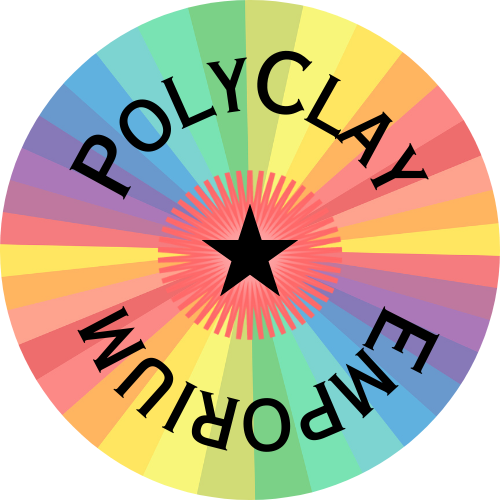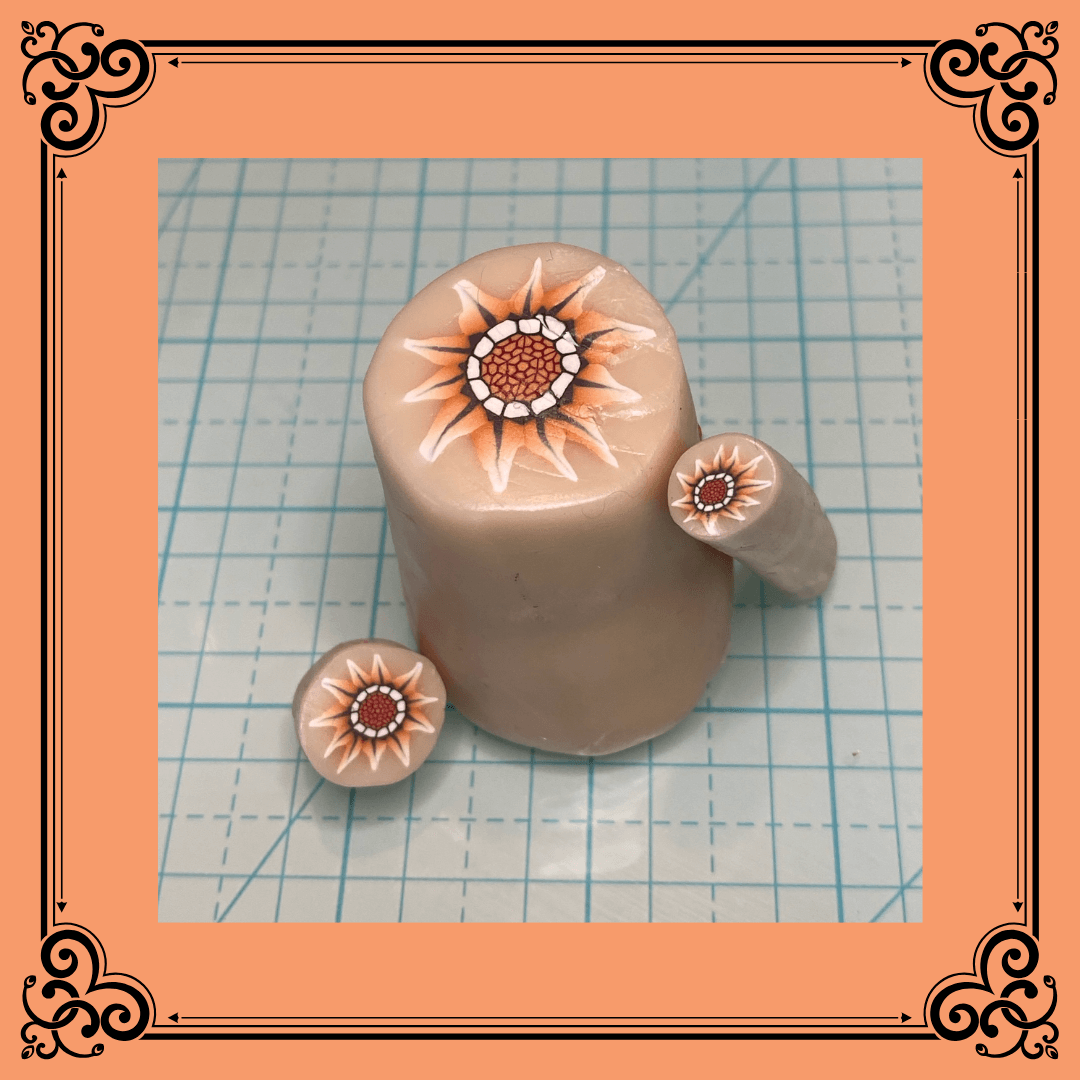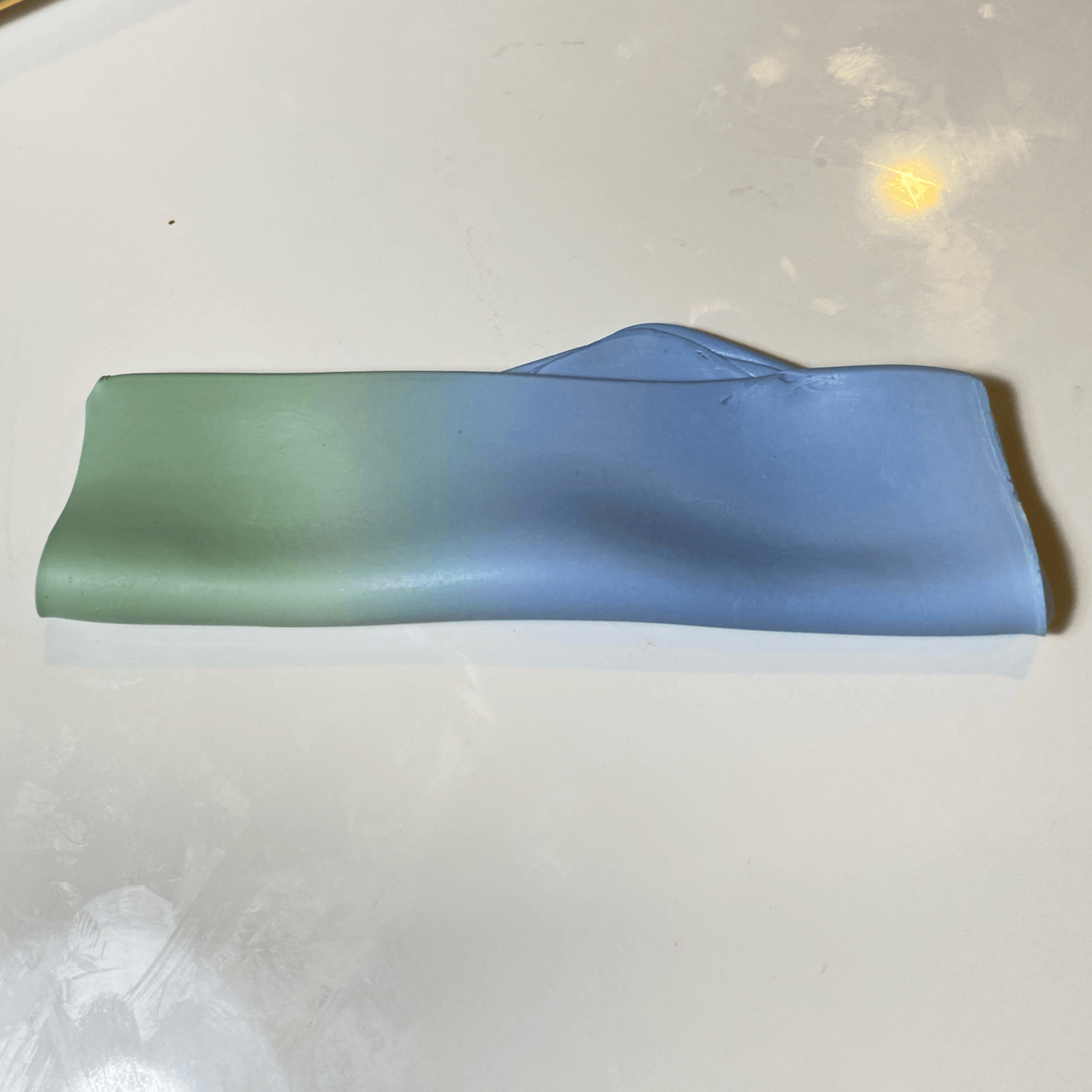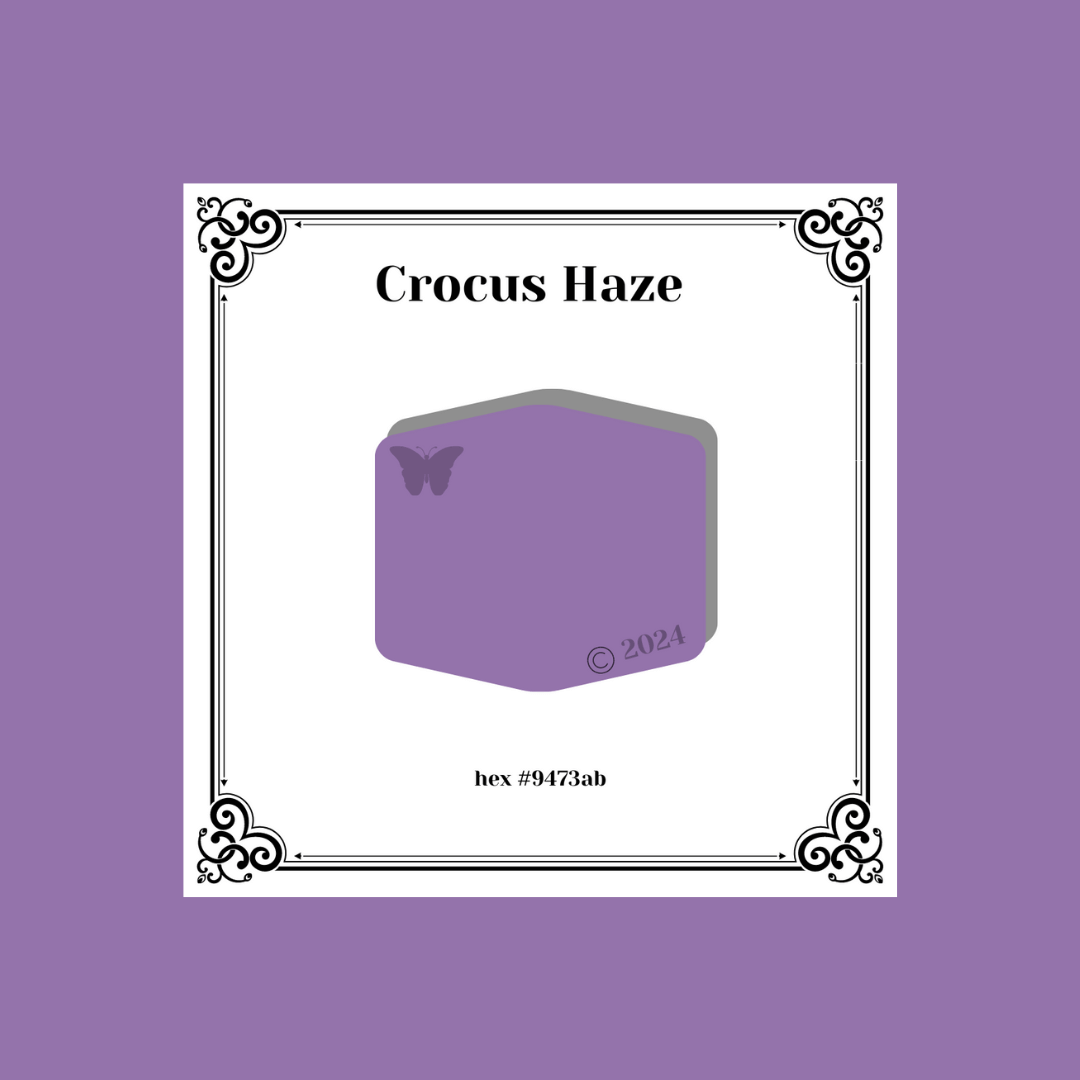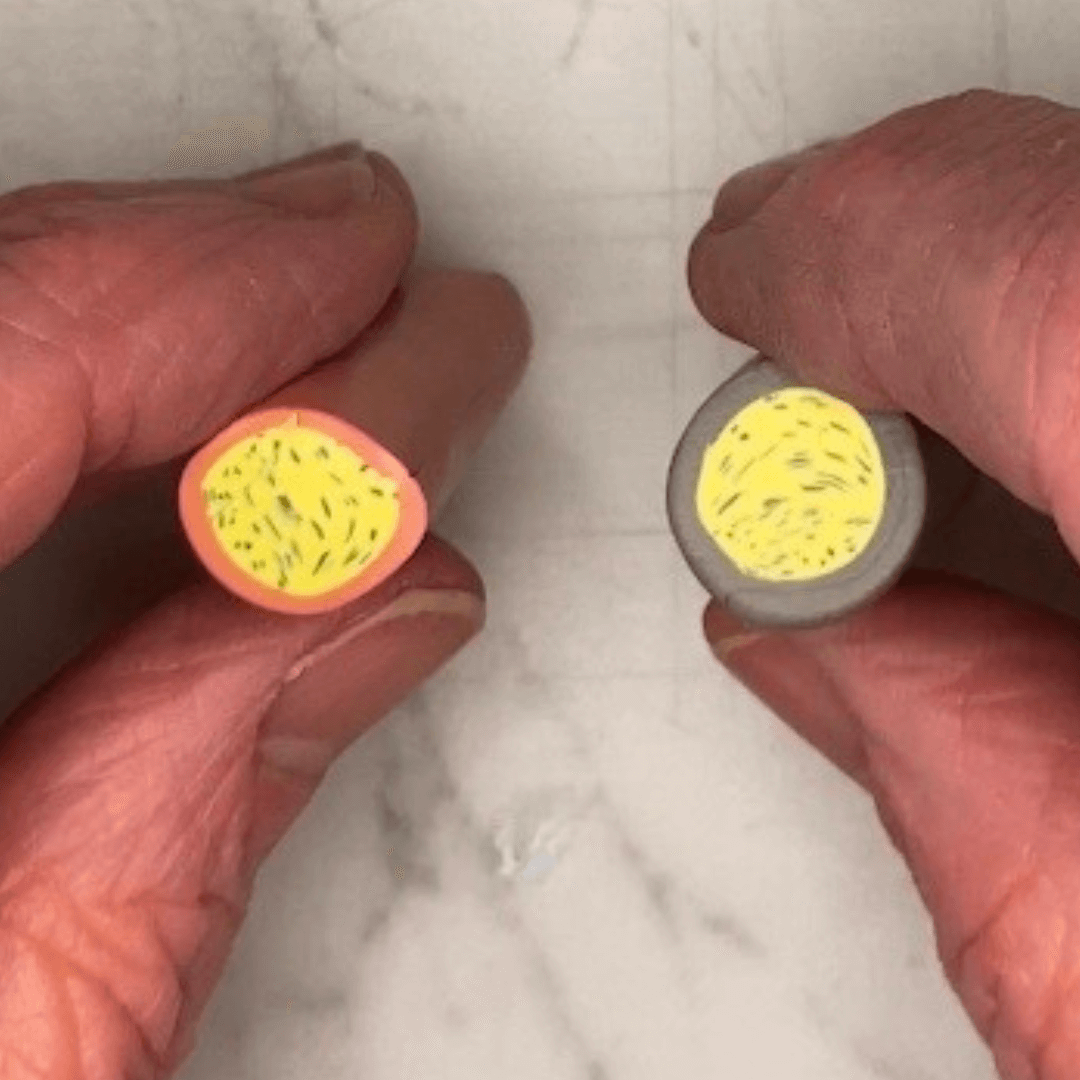Ah, that lovely polymer clay flower cane you're considering making. The Skinner blend colors for the petals are delightful, and the stamen or seed details will add so much charm. It's going to be extra pretty!
But wait! Were you thinking of just a solid round polymer clay cane for the center? Why not add a bit more visual interest with a patterned center? One easy option is concentric solid color circles. Or maybe a bull’s eye blend? Let's get even fancier!
The trick to making an interesting flower center that adds pizzazz to the cane is getting the scale of the center design just right. Too big or too bold, and it overwhelms the petals. Too small or subtle, and the details disappear after reducing. Let me share my experiments so you can learn without making all the mistakes yourself.
The first cane is made from a fantastic tutorial by Kael Mijoy. I love the center design. It's straightforward and adds just the right amount of visual interest when reduced.
What makes this design work well? It's geometric, combining simple wrapped cylinders in two different ways, making it relatively mistake-proof. The elements are big enough and have a high enough color contrast to stay clear when reduced.
I loved this center design and borrowed it for another polymer clay cane, but it didn’t work as well. As you can see, I made a crosshatch for the center and then added wrapped cane cylinders around it. I thought it would look great! But after reducing it, it's not very interesting. The columns are barely visible and look like fuzzy lines if you’re not looking closely.
My mistakes? (1) Making the columns too small compared to the core center, and (2) Using the same color for the columns as the core center.
How could I have foreseen this outcome? One thing I might try next time is photo-prediction.

Although these aren’t exactly equivalent views, making a much smaller version of the photo of the cane center clearly shows that the one with orange, the first one, is much more striking. If I’d seen this, I might have reduced the center further and added a contrasting color for the columns.
You might also enjoy reading another post about polymer clay flower cane centers!
And that wraps up our learning adventure for today. I hope you found this helpful! Happy crafting!
